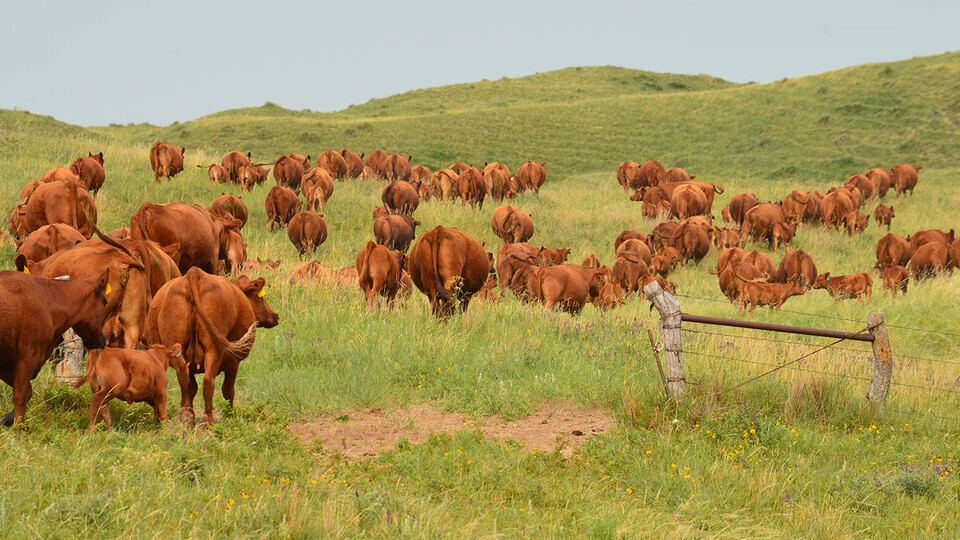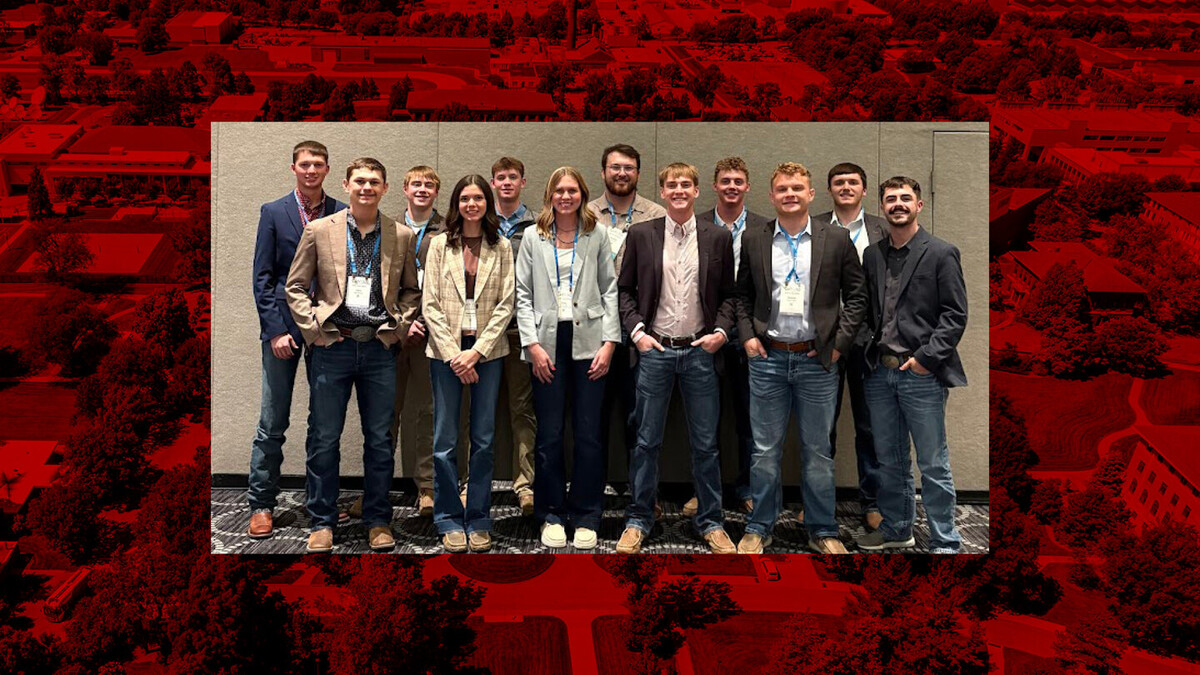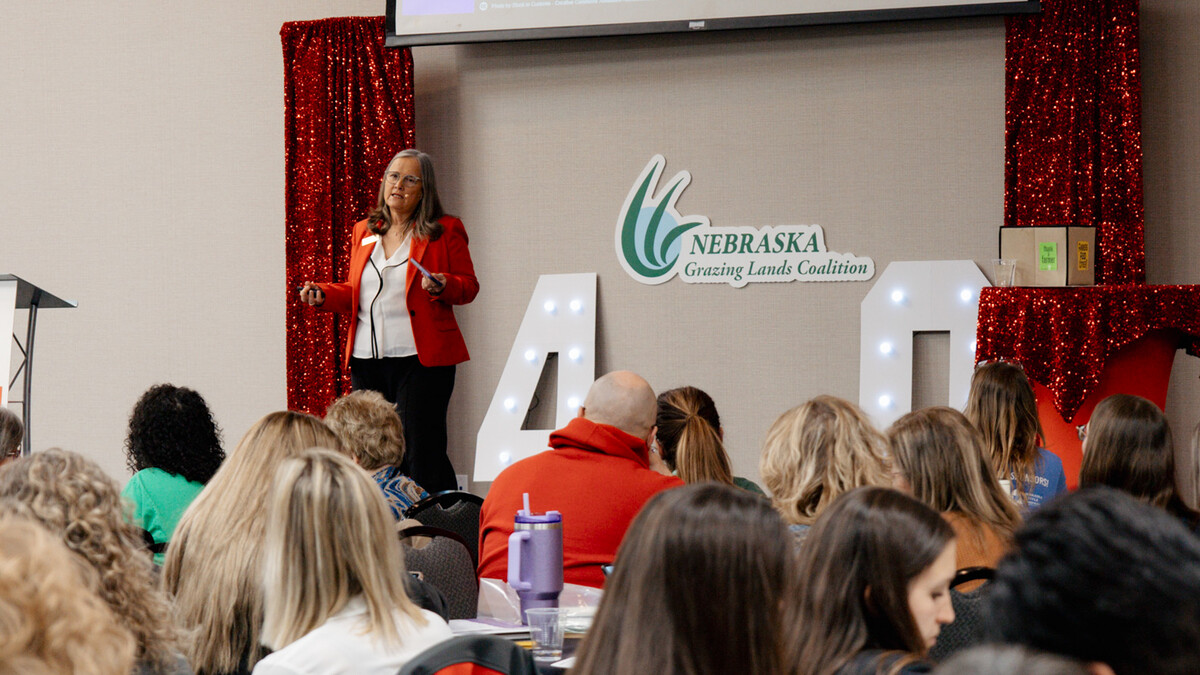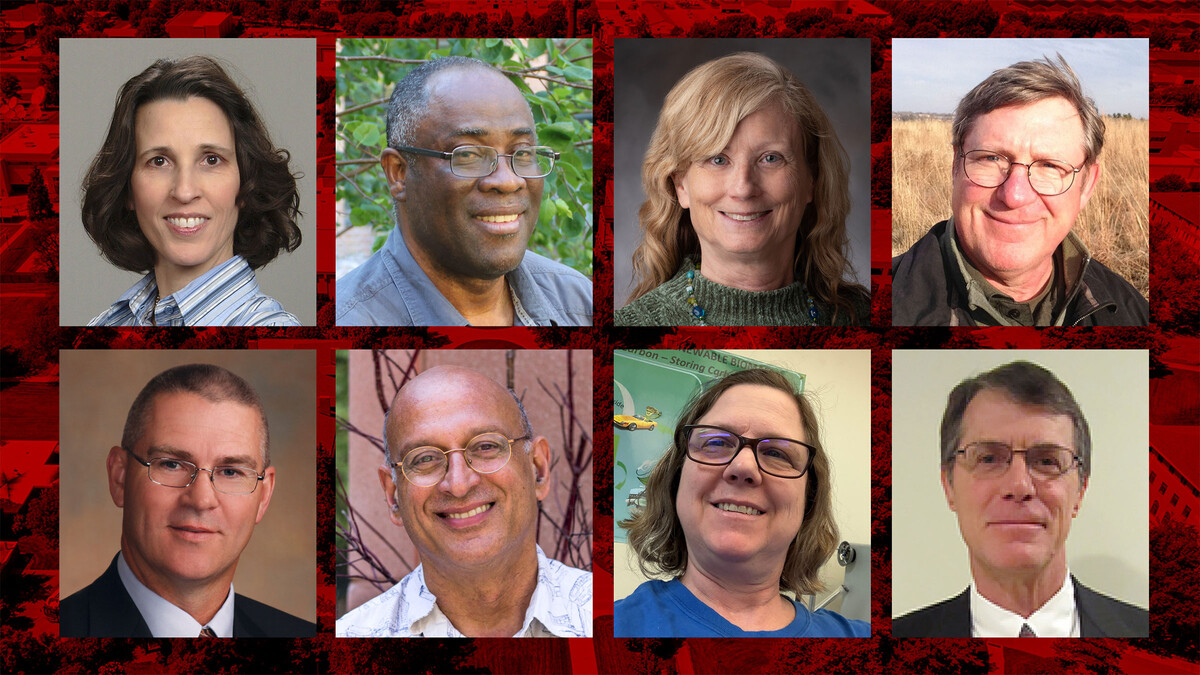
Lincoln, Neb. —“Resilient” is a word frequently used when it comes to agriculture.
Crops are bred to be resilient against disease, heat, drought and other detrimental conditions.
Producers must be resilient in confronting the evolving economics of ag production, unpredictable weather and the ever-changing technology of agricultural production.
But what does it mean for a landscape to be resilient?
That is the question the University of Nebraska–Lincoln’s new Center for Resilience in Agricultural Working Landscapes sets out to answer, said Craig Allen, a professor in the School of Natural Resources and director of the new center, which is up and running after being formally approved last year.
In its simplest form, resilience is the measure of how much disruption a landscape can withstand before it turns into a different kind of landscape.
Allen often uses the Sandhills, one of the largest intact grassland ecosystems in the world, to illustrate this concept. For years, the Sandhills experienced blowouts, which threatened to change the face of the landscape. As landowners put anti-erosion practices into place, blowouts have slowly become less and less of an issue. Since then, blowouts have been replaced by another issue that threatens to change the ecosystem — encroachment of eastern red cedar and other woody species.
“We try to control variability of one aspect of the system, and end up changing another aspect of the system,” Allen said. “It’s like squeezing a balloon.”
The new center will try to identify tipping points: When has a landscape changed so much that it’s past the point of no return? In addition, Allen said, the field of resilience recognizes that management decisions made on one field or in one pasture — treating a field with pesticides, for example, or failing to manage for weeds — often impacts neighboring fields and pastures. “Increasingly, it is understood that things are connected,” Allen said. “You can’t manage individual fields. You must take a systems approach.”
Nebraska is a perfect setting for this center, Allen said. The Sandhills are a great case study and an example of a landscape that, at least in some areas, is on the edge of major change, and not only in areas where encroachment of trees threatens to turn a grassland ecosystem into a forest. Additionally, the edges of the Sandhills are slowly being converted to irrigated row crop agriculture, or developments.
The newness of the field of resilience is one of the most exciting things about the new center and the work it will do, Allen said.
“We’re all new, so we’re just figuring it out as we go,” he said.
What he does know is that the work will be highly interdisciplinary. The Center for Resilience in Agricultural Working Landscapes will work in tandem with Nebraska’s Center for Grassland Studies, the Nebraska Integrated Beef Systems program and Nebraska One Health, which studies the links among human, animal, plant and ecosystem health.
The interdisciplinary approach is evident in the research already associated with the center. A project focused on the ecology of restored prairies looks at floral resources available to native bees, the effects of mowing on plant populations, and how mature prairie restorations have changed over time. Another project looks at bats in agriculture, specifically the mismatch between bat and insect activity over agricultural fields.
A lot of the work will be outreach-based, Allen said. Producers are interested in resilience and how they can incorporate resilient practices into their own operations. Husker faculty associated with the center will use the Barta Brothers Ranch near Long Pine to test different management practices and try to determine what unanticipated consequences those practices might have on the landscape. Faculty will work with ranchers and other stakeholders to determine which management practices to study.
“Many approaches seek to maximize output under ideal conditions,” Allen said. “Resilience seeks to guarantee output under non-ideal conditions.”







